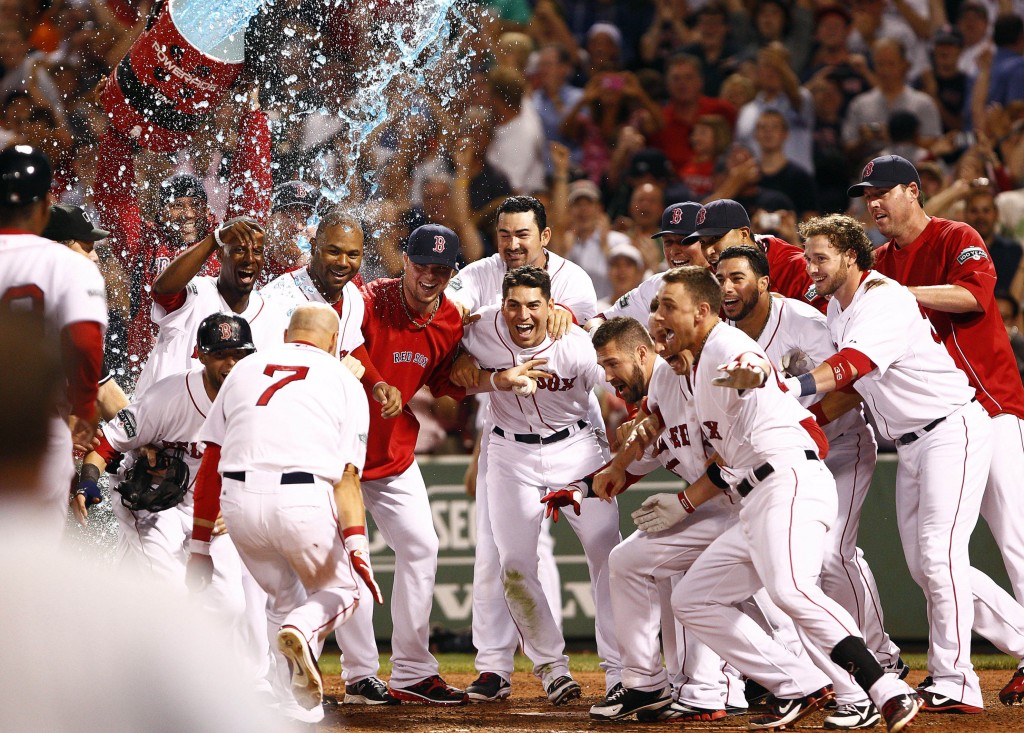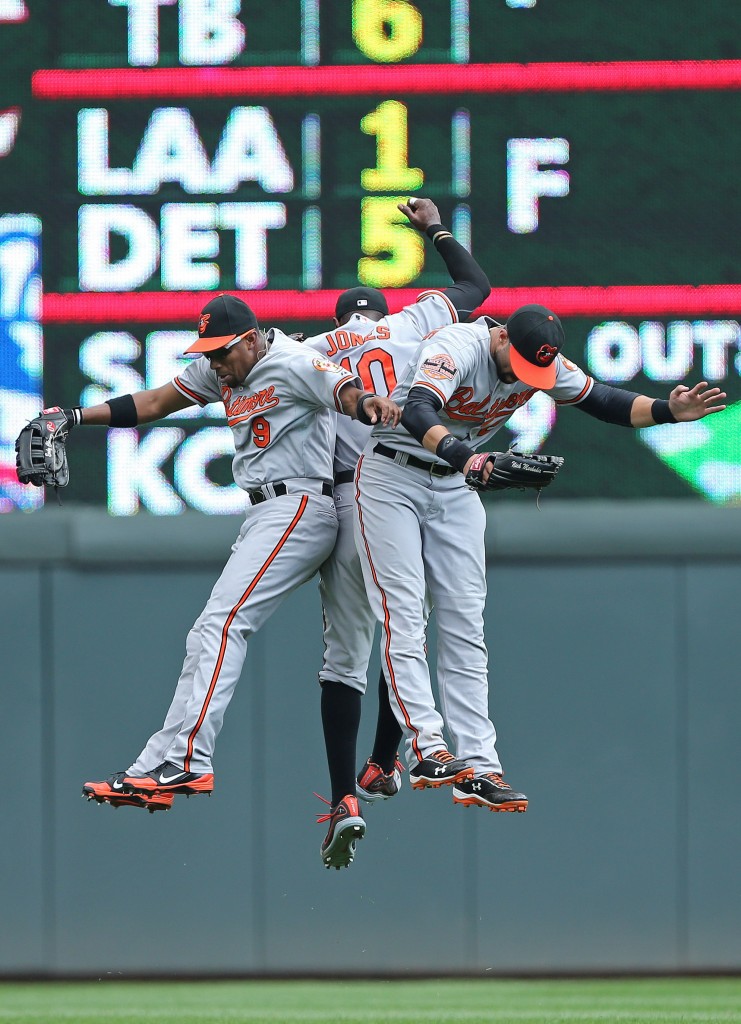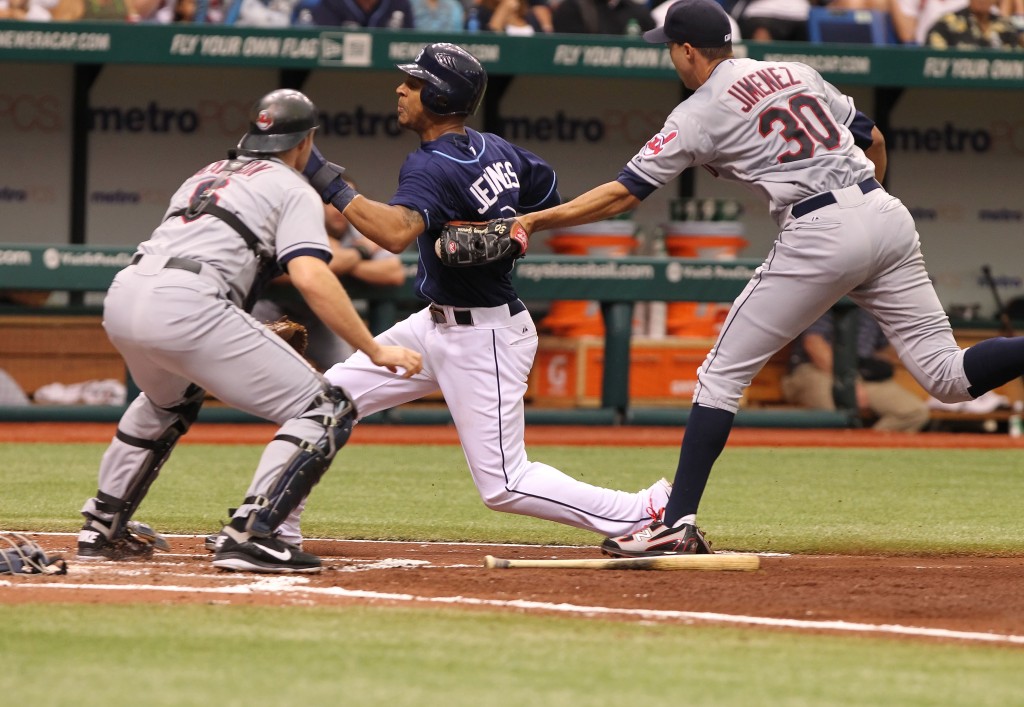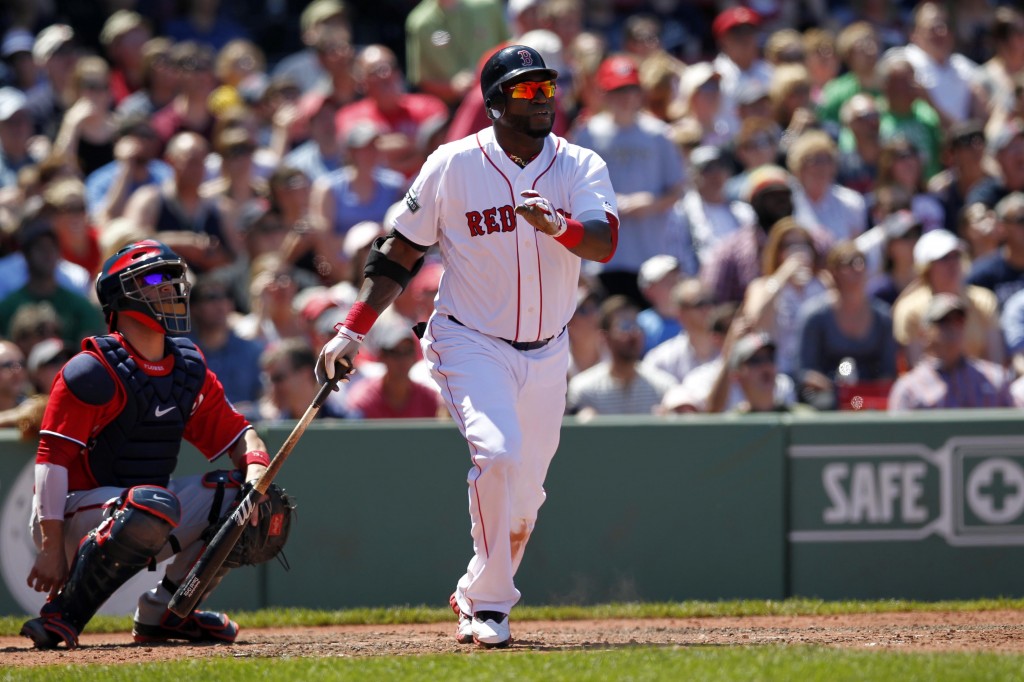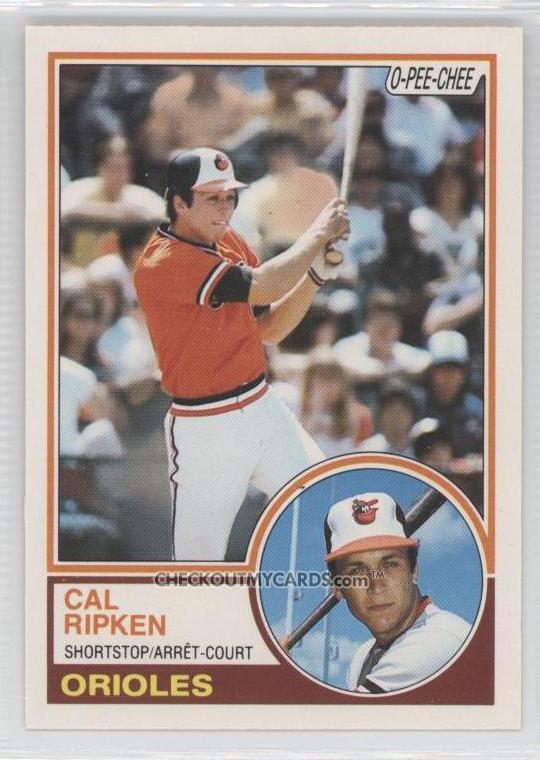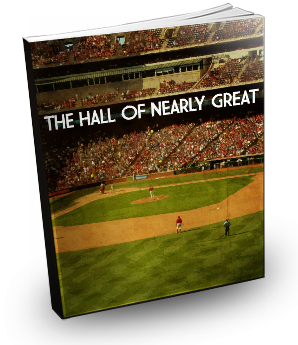 Which book? Why, The Hall of Nearly Great, of course. I’ll tell you below why you will and must buy this book, but first let’s learn about what it is you’ll be buying.
Which book? Why, The Hall of Nearly Great, of course. I’ll tell you below why you will and must buy this book, but first let’s learn about what it is you’ll be buying.
This grand e-book is officially out today and features 42 of the best baseball writers around (folks like Joe Posnanski, Craig Calcaterra, Rob Neyer, Jonah Keri, and Josh Wilker) covering the careers of numerous great but not all-time great players. It’s published by Sky Kalkman & Marc Normandin.
Taken straight from the book’s website:
The Hall of Nearly Great is an ebook meant to celebrate the careers of those who are not celebrated. It’s not a book meant to reopen arguments about who does and does not deserve Hall of Fame enshrinement. Rather, it remembers those who, failing entrance into Cooperstown, may unfairly be lost to history. It’s for the players we grew up rooting for, the ones whose best years led to flags and memories that will fly together forever. Players like David Cone, Will Clark, Dwight Evans, Norm Cash, Kenny Lofton, Brad Radke, and many others.
The book totals more than 97,000 words about 42 players, meaning that each guy gets several pages. Here are a few snippets to read as you get out your wallet:
Steve Goldman, on Don Mattingly:
“Having hit only one home run in his first 99 plate appearances of 1984 and just five in the first 417 plate appearances of his major-league career going back to 1982, Mattingly homered in three consecutive games against the Indians and was off, knocking 22 balls over the fence over the remainder of the season. In September, someone asked Berra if Mattingly had exceeded his expectations, and the manager replied with a basic Yogiism: ‘I’d say he’s done more than that'”
King Kaufman, on Ron Cey:
“I’m on the phone with Ron Cey and he’s not getting why I think he’s a vastly underrated player.
‘There has to be a basis behind it,’ he’s saying, ‘so why do you feel that way? And then maybe I can respond to it.’
I’m a little hung up. I hadn’t expected to have to defend this idea. I’d figured if I were ever going to find a friend for the thought that Ron Cey, the squat, power-hitting third baseman for the longest-running infield in baseball history, has not gotten his historical due, that friend would answer the phone when I called Ron Cey’s house.
I can’t go with ‘Well, when’s the last time you heard anyone talk about Ron Cey?’ because he’s Ron Cey. He probably hears about Ron Cey all the time.”
Tommy Bennett on Fred McGriff:
“Over his career, McGriff played for six different teams in 19 seasons. He played baseball at the highest level. He was five times an All-Star, three times a Silver Slugger recipient, and six times a top-ten MVP finisher. His visage graced some of the most coveted Donruss baseball cards of his era: Rated Rookie, Diamond King, and Triple Play Nicknames. But despite his accomplishments, cable-television notoriety, and Super Star nickname, every bio of the Crime Dog ever written, no matter how short, will note that he hit 493 home runs, just seven shy of excellence.”
These are just a few short bits drawn from a long volume covering lots of wonderful players. Some of the stories involve interviews, while most involve statistics (the authors are, for the most part, sabermetrically-inclined.)
Now, here’s why you need to buy this book:
1. First and foremost, it’s awesome. It’s got a lot of different writing styles (all good) and shines a lot of light on players who don’t appear nearly as brightly as they once did.
2. This project was funded by Kickstarter.com, a crowdsourcing mechanism that supports great projects. I paid for my copy of the book already, on the day that Sky first launched the Kickstarter drive. This sort of model just makes tons of sense, and I really want to see Sky and his team succeed, and succeed wonderfully. Rather than some crusty old publisher in a dusty office deciding whether this book should get written, we (the baseball public) decided, gave the group the money they needed to make it happen, and now get to reap the benefits. Let’s help make this program a massive success so that we can get more like it.
3. Yes, High Heat Stats is an affiliate promoter for The Hall of Nearly Great, so if you buy a copy of the book using any of the links on this page, we get a small piece of the action. That means you’re supporting the authors, supporting your favorite blog, and, oh yeah, GETTING AN AWESOME BOOK.
4. By my quick count, the book has at least a handful of women authors. These are folks like Wendy Thurm, Cee Angi, and Emma Span: experienced writers who have more business contributing to a book like this than I do. Until the day comes when talent alone dictates who gets opportunities, I will always go out of my way to support hard-working people who are under-represented in their profession. I’d buy this book if it contained only the pieces written by women.
5. Ready for the kicker? THE BOOK COSTS ONLY TWELVE DOLLARS. Yeah, $12. So that’s less than 30 cents for each essay. You’ve read this far. Buy it now.

